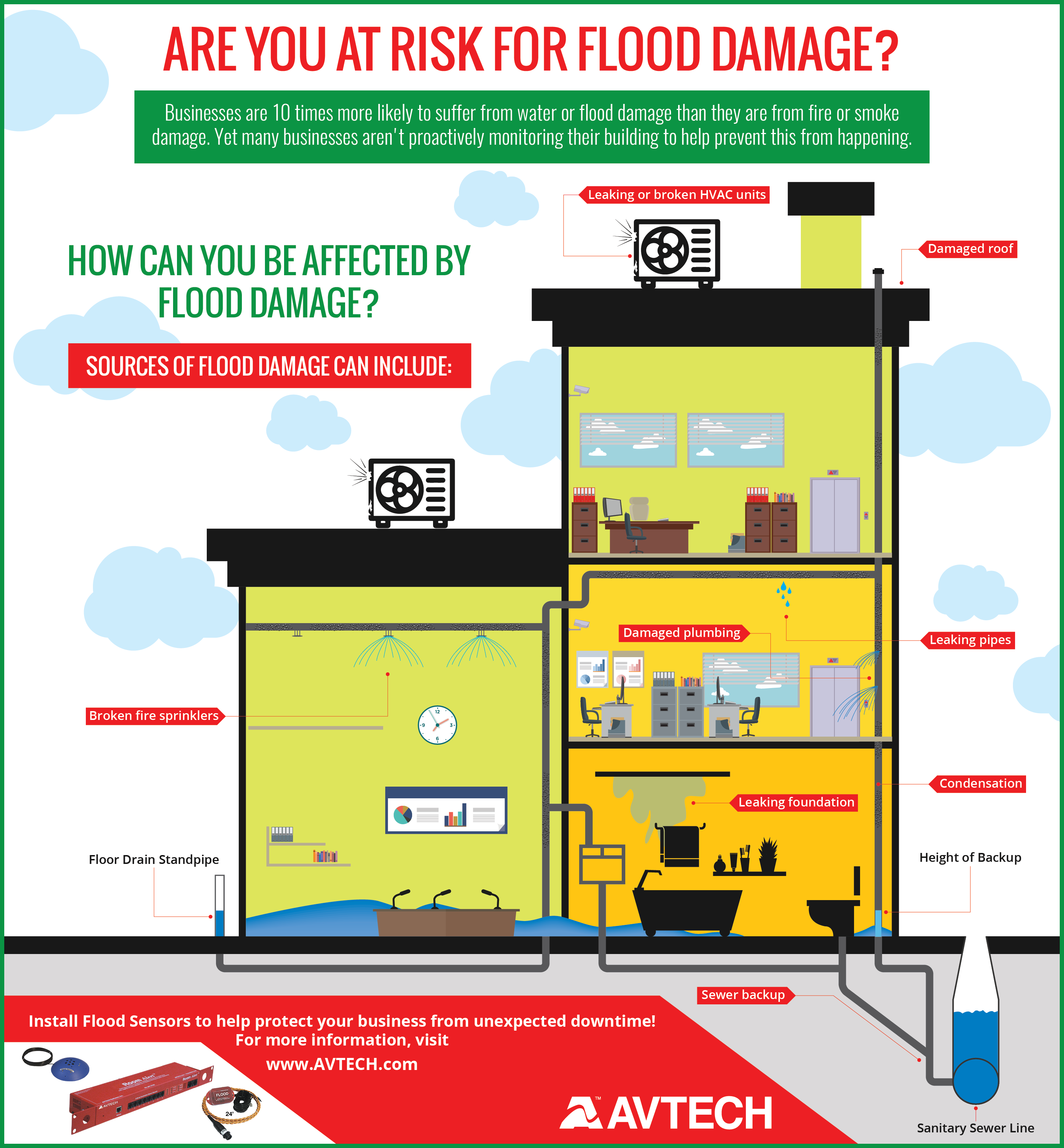Understanding Weather'S Effect On Roofing Installation: Trick Seasons And Conditions For A Successful Work
Understanding Weather'S Effect On Roofing Installation: Trick Seasons And Conditions For A Successful Work
Blog Article
Content Create By-Figueroa Noer
When it involves roof covering installations, the weather condition can make or damage the job. Visualize the irritation of managing materials that won't work together because of severe warmth or fighting slippery surface areas brought on by unexpected rainfall. Recognizing the impact of weather conditions on your roof project is vital for an effective end result. So, let's explore how various weather components can influence the top quality and toughness of your roof installment, making certain a work well done.
Effect of Temperature on Roof Installation
When it involves roof covering installment, temperature plays an important role at the same time. The suitable temperature for roof covering tasks typically falls between 45 and 85 degrees Fahrenheit. Extreme warmth can trigger materials like roof shingles to come to be as well flexible, leading to potential damage during setup. On the other hand, cool temperatures can make materials fragile and susceptible to breaking. It is very important to arrange roofing setups during modest temperatures to make certain the very best result.
Throughout cooler climate, service providers may need to take added preventative measures such as making use of heated devices or permitting products to warm up before setup.
On https://roofrepairsemergency62849.bloggactif.com/33557777/just-how-considerably-can-environment-friendly-roofing-solutions-lower-your-prices-and-improve-the-total-worth-of-your-home , heat might call for work to be done previously or later in the day to avoid the peak temperatures. By taking into consideration the temperature level and its effects on roofing materials, you can help guarantee an effective installation that will stand up to the components for years ahead.
Impact of Rainfall on Roof Projects
Roof covering projects can be significantly impacted by precipitation, influencing both the timeline and the quality of the installment. Rainfall or snow can create slippery conditions, making it unsafe for roofers to deal with a wet surface area. Additionally, dampness can compromise the attachment of materials like shingles or underlayment, causing potential leaks or damages in the future.
If it rains during a roofing project, the water can leak into at risk locations, causing delays as the installation team must await the roof covering to completely dry prior to continuing. https://prwire.com.au/pr/89173/melbourne-s-leading-roofing-contractor-melbourne-quality-roofing-wins-2020-three-best-rated-award-for-best-roofing-contractors can also advertise the development of mold and mildew and mold, further endangering the honesty of the roofing.
To stay clear of these issues, it's recommended to arrange roof covering tasks during drier periods or keep an eye on the weather forecast very closely to plan around any possible rainstorms. By taking precautions to operate in desirable climate condition, you can make certain a smoother and much more successful roofing system installation procedure.
Influence of Wind Rate on Setup Success
During roof installation, the rate of the wind plays an important function in establishing the success of the job. High wind speeds can position considerable obstacles to contractors, potentially bring about safety and security hazards and high quality issues. When wind rates go beyond recommended limits, it comes to be hard to handle products, boosting the risk of accidents and damage to the roof products. Solid gusts can likewise impact the precision of dimensions and the accuracy needed for appropriate setup.
To guarantee a successful roof setup, it's important to monitor and consider wind speeds. Preferably, roof covering setup need to happen on days with low to modest wind speeds. This not only improves the safety of the workers yet also improves the general quality of the installment.
Roofing projects arranged during calm weather conditions are more likely to be completed effectively and with fewer mistakes. By focusing on wind speed projections and planning appropriately, you can aid ensure a smooth and effective roof covering installation procedure.
Conclusion
So, when it pertains to roofing system installation, bear in mind to consider the weather to make sure an effective work. Optimum temperatures, completely dry conditions, and moderate wind rates are vital factors to focus on for a smooth installation process. By scheduling your project throughout the best seasons and excellent weather, you can achieve a long lasting and long-lasting roofing system that will protect your home for several years to find.
